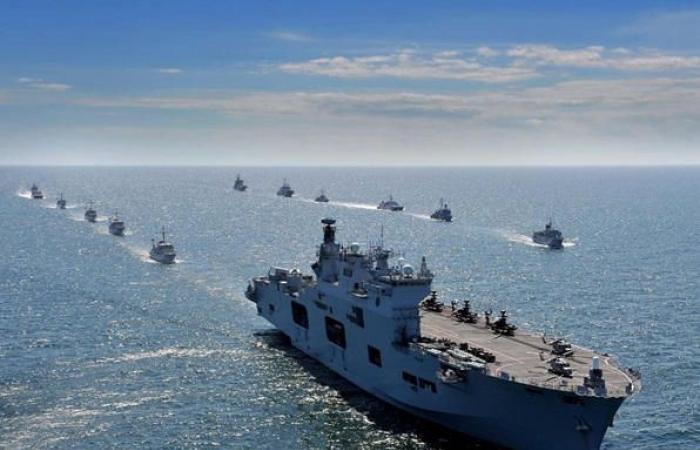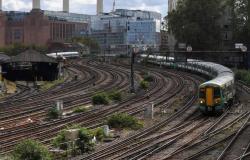At the beginning of the 2010s and following the publication of a strategic defense and security review [SDSR – Strategic Defence and Security Review]the government led by the Conservative David Cameron, which had recently come to power, decided to prematurely withdraw several military equipment from service and to put an end to certain arms programs deemed too costly. The idea was then to make savings in order to finance other priorities in a constrained budgetary context.
With its size once again having to be reduced to around 82,500 soldiers, the British Army was forced to reorganize while the Royal Navy had to disarm several ships, including its last two Invincible-class aircraft carriers. [les HMS Ark Royal et HMS Illustrious] and withdraw its Harrier GR.9 embarked fighters from service without being able to replace them immediately. The same bitter potion was applied to the Royal Air Force which, among other things, had to give up its new Nimrod MRA A4 maritime patrol aircraft. Nine devices which were being assembled were therefore destroyed.
Fourteen years later, and while the Conservatives had to hand over power to the Labor Party [« Labour Party »]the same logic will still apply to the British forces, always with the aim of “saving money”, even if the new majority has promised to increase their budget to 2.5% of GDP [sans toutefois donner de calendrier précis pour atteindre cet objectif]. And this, without waiting for the conclusions of the new SDSR ordered last July.
Indeed, on November 20, the British Minister of Defense, John Healey, announced that several pieces of equipment, the maintenance of which is considered too costly, were going to be prematurely withdrawn from service, without being replaced in the short term. And to justify this decision by the “billion-pound black hole in defense plans” left by his predecessors.
“For too long, our soldiers, sailors and airmen have been forced to continue using old and obsolete equipment, because ministers did not want to make the difficult decisions to decommission” the equipment, argued Mr. Healey, in front of Parliament. By doing this, the aim is to save £500 million over five years.
A priori, the British Army is doing rather well. It must be said that it has been called upon more often than not to save money in recent years. However, it will have to part with its Watchkeeper WK450 tactical drones by next March, although it planned to keep them until 2042.
The Royal Air Force will have to retire its oldest maneuvering helicopters, including fourteen CH-47 Chinooks and twenty-three Puma HC2s. The replacement of the latter is uncertain, Airbus Helicopters and Lockheed-Martin having refused to participate in the NMH call for tenders [New Medium Helicopter] launched by London for this purpose.
As for the Royal Navy, it will have to disarm the auxiliary tankers RFA Wave Knight and RFA Wave, admitted to service barely twenty years ago. After having had to withdraw from service two Type 23 frigates [les HMS Argyll et HMS Westminster] last May, it will have to separate from a third, in this case the HMS Northumberland, a ship which had been talked about after the “eventful” hunt for a Russian submarine, in December 2020. Its withdrawal 'explained by the discovery of structural damage so serious that repairing it would not be financially profitable.
With this decision, the Royal Navy will only be able to field 9 Type 23 frigates, while those of Type 26 [ou classe « City »] will not be operational before 2027.
Finally, the British navy will also have to do without HMS Albion and HMS Bulwark, that is to say its last two amphibious assault ships. In January, their fate was put on the spot, due to a lack of sufficient sailors to implement them.
However, Mr Healey's predecessor, Grant Shapps, had assured that they would remain in service until 2033/34, i.e. until their replacement by six ships from the MRSS program [pour Multi Role Support Ship]. At the same time, he reassured those who were worried about the fate of the Royal Marines, a specialist in amphibious operations.
“Neither of the two [le HMS Albion et le HMS Bulwalk]given the state in which they find themselves and the decisions taken by the last government, was not ready to return to sea. In other words, they had in practice been withdrawn from service, but the ministers were not were not prepared to admit it,” Mr. Healey justified.






